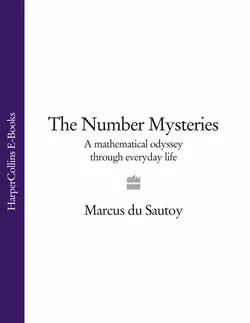The Number Mysteries: A Mathematical Odyssey through Everyday Life

Marcus Sautoy
Тип: электронная книга
Жанр: Математика
Язык: на английском языке
Стоимость: 152.29 ₽
Статус: В продаже
Издательство: HarperCollins
Дата публикации: 16.04.2024
Отзывы: Пока нет Добавить отзыв
О книге: From the author of The Music of the Primes and Finding Moonshine comes a short, lively book on five mathematical problems that just refuse be solved – and on how many everyday problems can be solved by maths.Every time we download a song from i-tunes, take a flight across the Atlantic or talk on our mobile phones, we are relying on great mathematical inventions. Maths may fail to provide answers to various of its own problems, but it can provide answers to problems that don′t seem to be its own – how prime numbers are the key to Real Madrid′s success, to secrets on the Internet and to the survival of insects in the forests of North America.In The Num8er My5teries, Marcus du Sautoy explains how to fake a Jackson Pollock; how to work out whether or not the universe has a hole in the middle of it; how to make the world′s roundest football. He shows us how to see shapes in four dimensions – and how maths makes you a better gambler. He tells us about the quest to predict the future – from the flight of asteroids to an impending storm, from bending a ball like Beckham to predicting population growth.It′s a book to dip in to; a book to challenge and puzzle – and a book that gives us answers.